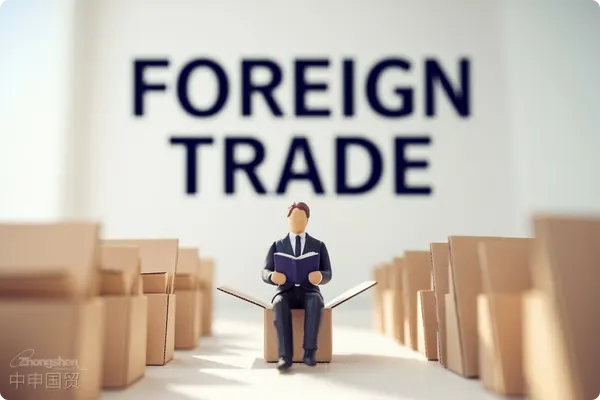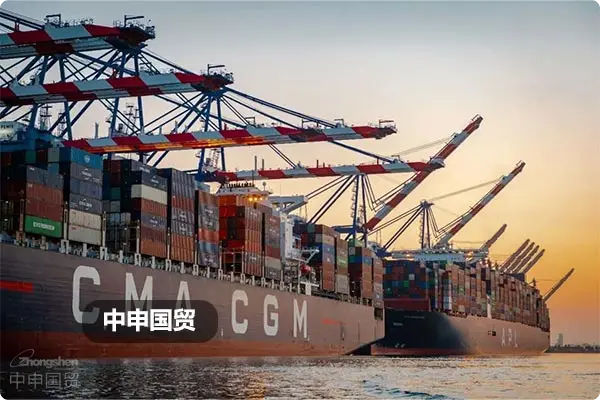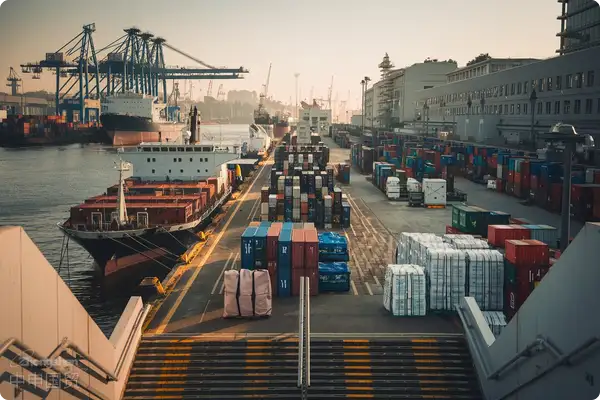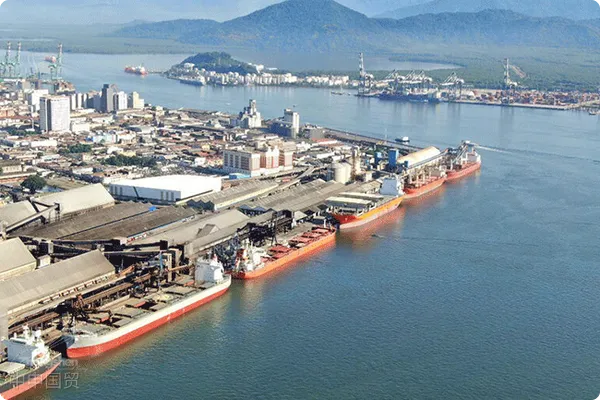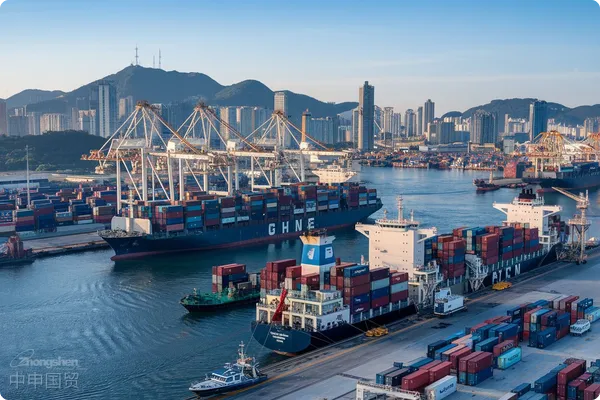- Shanghai Zhongshen International Trade Co., Ltd. - Two decades of trade agency expertise.
- Service Hotline: 139 1787 2118
Customs inspection is the process where customsimport and exportexamines goods to verify that declarations match actual contents, comply with national import/export regulations, and ensure no involvement in illegal imports/exports. Below are several common customs inspection methods:
Routine Inspection
Customs automatically selects goods for inspection based on risk assessment systems, typically considering historical data, commodity types, origin countries, and shipper/consignee credit history.
Random Inspection
Even without specific risk indicators, customs may randomly select certain shipments for inspection to maintain system effectiveness and randomness.
Targeted Inspection
For high-risk commodities or goods from high-risk regions, customs conducts more frequent inspections, usually based on national security, health quarantine, or intellectual property protection needs.
Comprehensive Inspection
When customs has sufficient reason to suspect smuggling, misdeclaration, or other violations, goods may undergo full inspection.
Red/Yellow/Green Channel System
(1) Red Channel:Goods requiring thorough inspection, typically due to high-risk factors or suspected issues mentioned above.
(2) Yellow Channel:Goods requiring partial inspection, possibly document review or limited physical examination.
(3) Green Channel:Goods from reputable companies can be directly released without physical inspection.
Advance Classification Service
Some countries/regions offer advance classification services allowing official HS code confirmation before export to reduce delays and additional costs from misclassification.
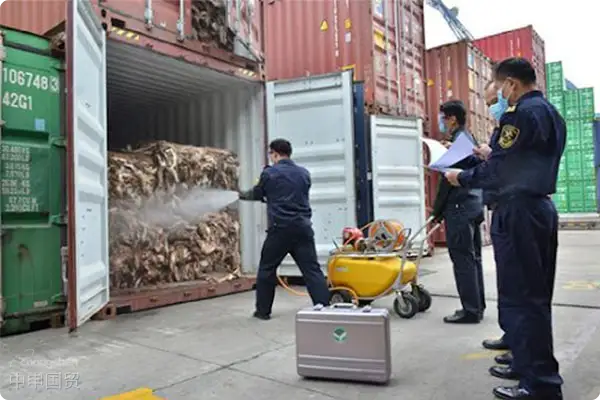
Inspection Process
Selection for Inspection:Customs computer systems automatically or manually select goods for inspection based on risk assessment systems.
Implementation of InspectionCustoms officers conduct container inspections on selected goods to verify whether the cargo matches the declaration and check for prohibited items.
Reporting Results:After inspection, Customs will provide an inspection report. If no irregularities are found, the goods will be released; if issues are identified, they will be handled according to relevant regulations.
Strategies for Handling Customs Inspections
(1) Ensure Declaration Accuracy:Ensure the description, quantity, value, and other details of the goods match the actual shipment.
(2) Properly Arrange Shipping Documents:All shipping documents, including commercial invoices and packing lists, should be detailed and accurate.
(3) Promptly Respond to Customs Requests:If Customs requests additional documents or explanations, respond swiftly.
(4) Utilize Pre-classification Services:If possible, use pre-classification services to avoid inspections caused by incorrect HS codes.
Understanding and preparing for these inspection methods and strategies can help businesses handle import and export operations more efficiently, reducing unnecessary delays and costs caused by inspections.
Related Recommendations
? 2025. All Rights Reserved. 滬ICP備2023007705號-2  PSB Record: Shanghai No.31011502009912
PSB Record: Shanghai No.31011502009912
